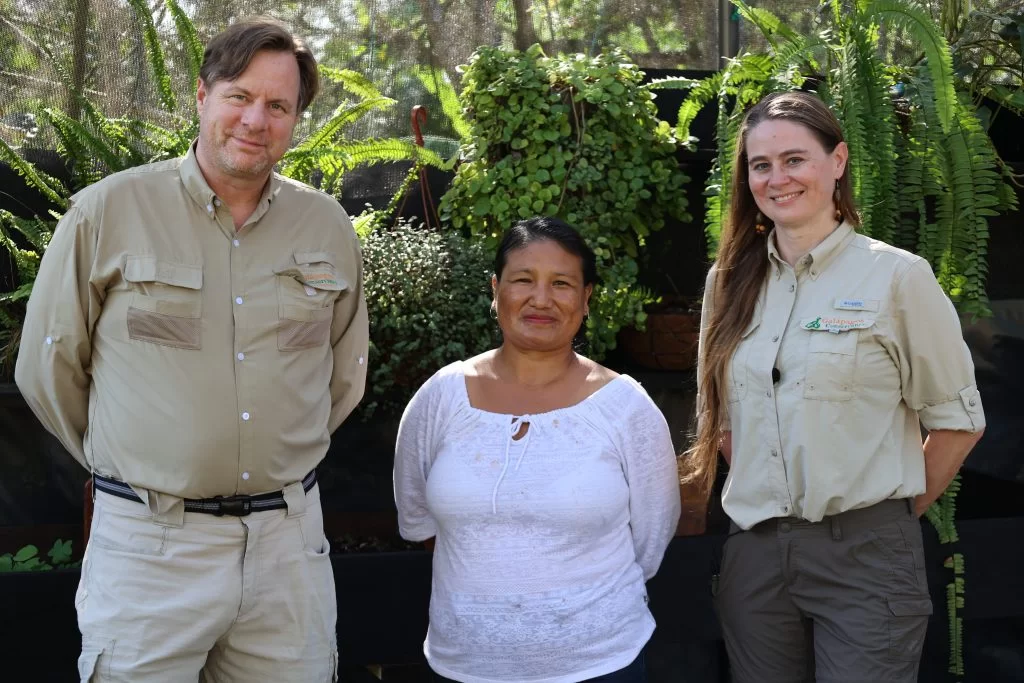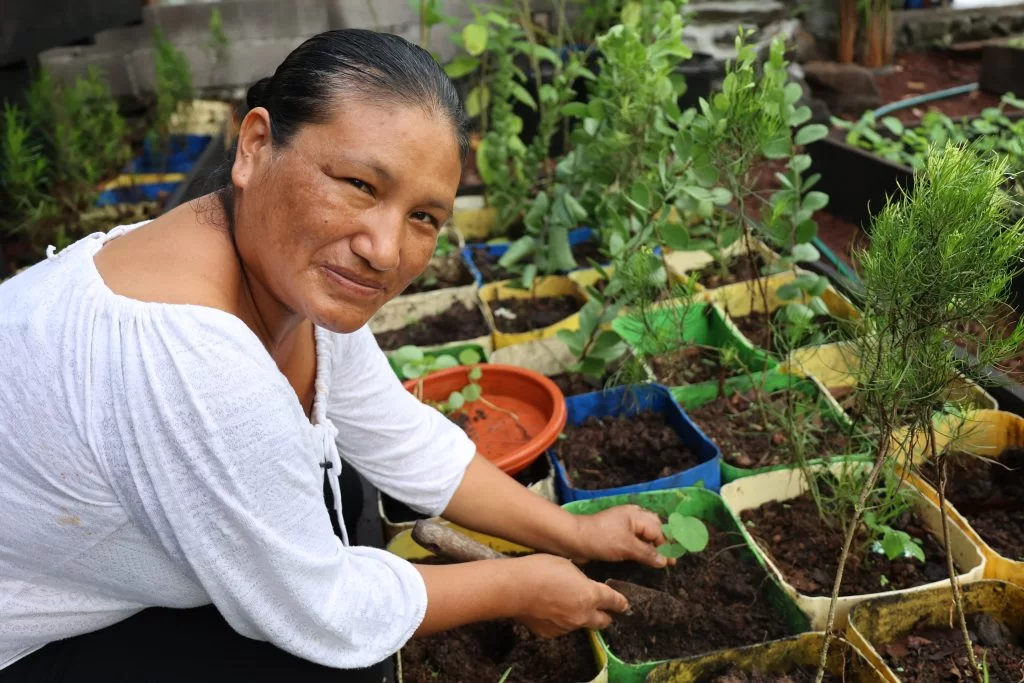One example of such an initiative is the Jadines Botanicos project (Botanical Gardens), which is run by Mirian Silva, a Galapagos native. It helps preserve Santa Cruz Island’s native and endangered plants. Mirian says that her love for plants has been a constant throughout her childhood, and she is determined to preserve the Galapagos Islands native flora.
“I love Galapagos fauna and hope more people will be inspired to have a home with native plants. Plants at home can not only decorate the home but also control the humidity and clean the air. Mirian said that while they do release carbon dioxide at night they also give off oxygen during the day.
Mirian’s project also includes delivering native and endemic plants for Santa Cruz Island schools. Mirian stated, “I want to help preserve the iconic Galapagos flora such as scalesias, miconias, orchids and scalesias. She said that they reforest them in green spaces at local colleges and schools, and so contribute to the preservation of rare plants around the globe.
Galapagos Conservancy is proud support this project for native plant propagation, environmental education and sustainability through the Women in Sustainable Entrepreneurship program (WISE).

Paul Salaman, President of Galápagos Conservancy; Mirian Silva, founder of the project; and Amy Doherty, Senior Director of Operations © Galápagos Conservancy



